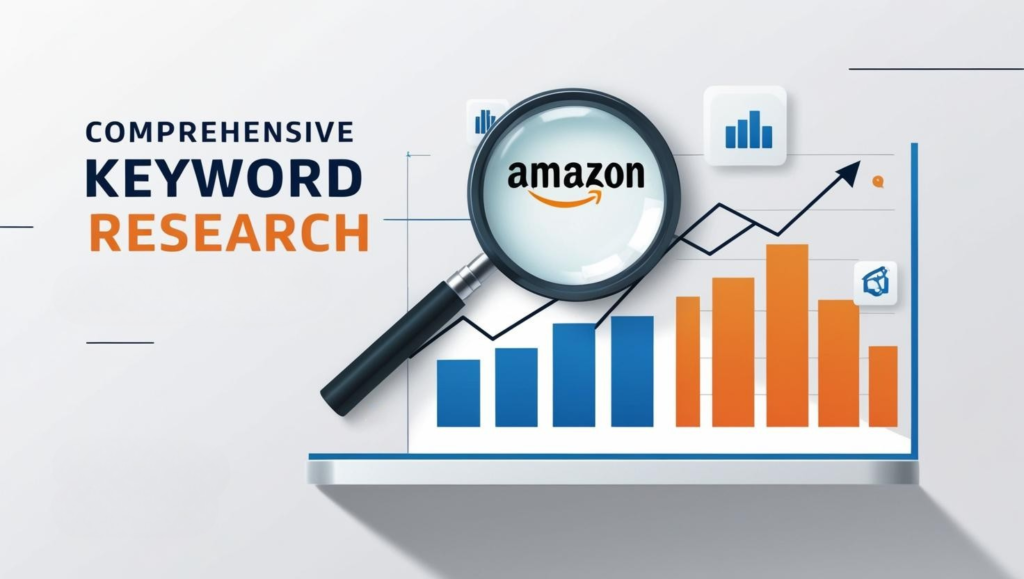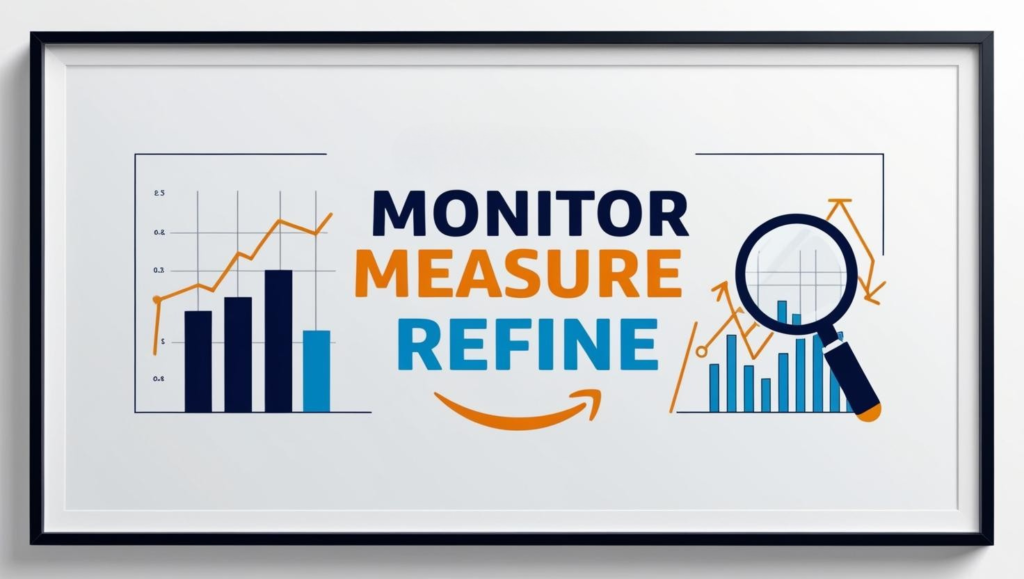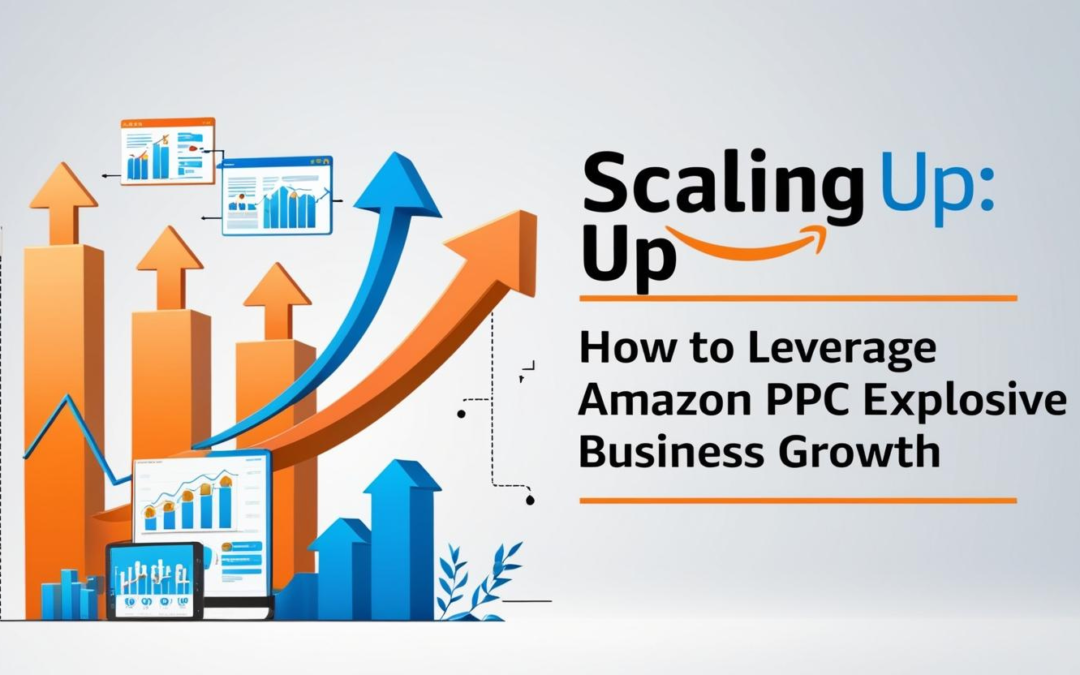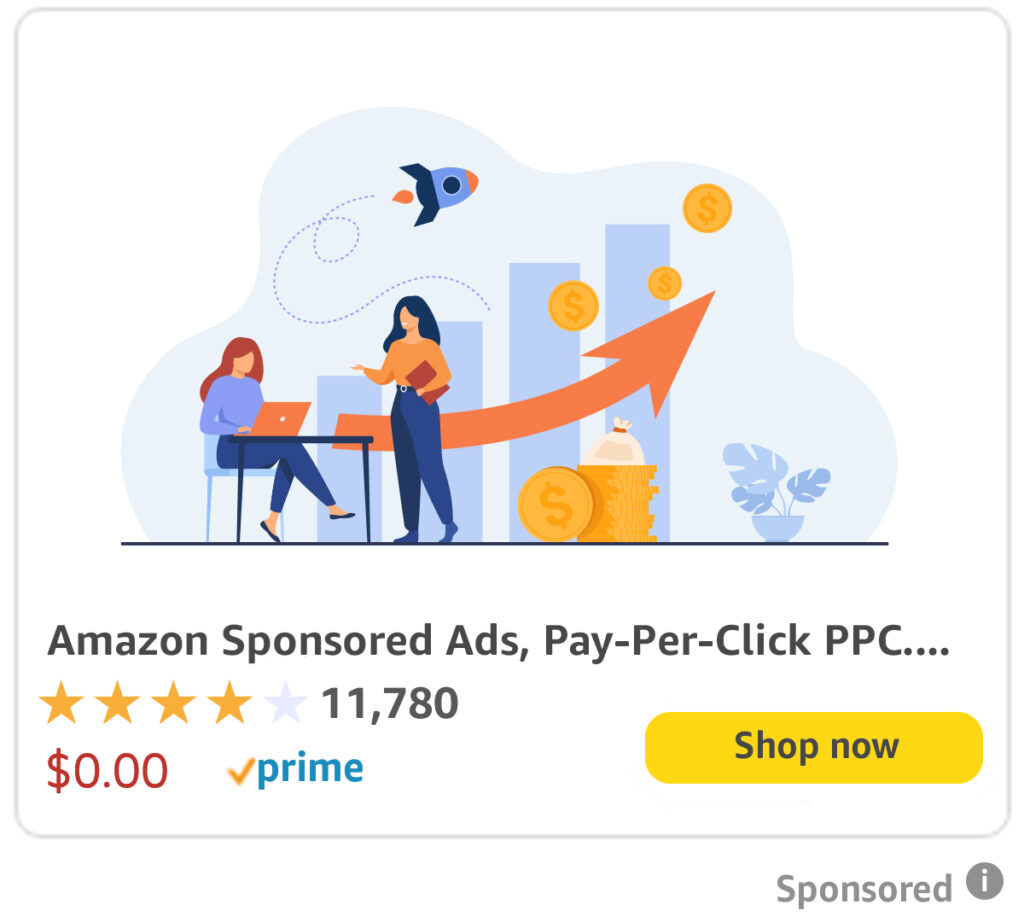Read More
Step-by-Step on SellerAdvantage.co.uk
Read on LinkedIn
Read on Medium
Watch on YouTube
Scaling Up: How to Leverage Amazon PPC for Explosive Business Growth
10 Key Action Points to Leverage Amazon PPC for Explosive Business Growth

- Conduct Comprehensive Keyword Research Effective scaling begins with in-depth keyword research. Employ specialized PPC tools like Helium10 or Jungle Scout to identify high-performing, low-competition keywords. Regularly refresh your keyword portfolio to stay ahead of trends and optimize visibility for your listings.
- Segment Campaigns by Product Performance Segment campaigns based on individual product performance to allocate your budget strategically. High-performing products should be prioritized with aggressive bids, while lower-performing products may require a more conservative approach or product improvement strategies before intensifying PPC spend.
- Utilize Automated and Manual Campaigns Together A balanced combination of automated and manual PPC campaigns provides optimal coverage. Automated campaigns gather valuable search term data, revealing opportunities you might overlook. Manual campaigns allow precise control over keyword targeting, ensuring maximum ROI.
- Continuously Optimize Your Bidding Strategy Employ dynamic bidding strategies to adapt to market fluctuations swiftly. Regularly evaluate your bid adjustments based on performance data, seasonality, and competitive actions. Ensure that your bids are neither excessively conservative nor recklessly aggressive.

- Expand into New Ad Types and Placements Don’t limit your growth by sticking exclusively to Sponsored Product ads. Expand into Sponsored Brands and Sponsored Display ads to reach wider and more targeted audiences. Experimenting with placements such as top-of-search, product pages, and remarketing strategies maximizes exposure and conversions.
- Use Advanced Negative Keyword Management Negative keywords significantly improve the efficiency of your campaigns. Regularly review search terms that lead to irrelevant clicks or low conversion rates and exclude these through precise negative targeting. This practice reduces wasted spend and improves overall profitability.
- Analyze Competitor Advertising Strategies Regular competitive analysis provides insight into your competitors’ strengths and weaknesses. Tools like AdSpy or Sellics reveal competitor keyword targets, bidding strategies, and ad placements. Use this data to fine-tune your strategy and capture opportunities they overlook.
- Leverage Data-Driven Retargeting Implement retargeting campaigns using Sponsored Display ads to re-engage visitors who didn’t convert initially. Customized retargeting messages based on previous interactions significantly enhance conversion rates and improve overall customer lifetime value.
- Integrate PPC with Organic SEO Efforts Maximize your growth potential by harmonizing your PPC strategy with organic SEO initiatives. PPC can boost short-term visibility while organic SEO solidifies your long-term ranking positions. Sharing data insights between both strategies ensures comprehensive market coverage.

- Monitor, Measure, and Refine Consistently Consistent monitoring and measurement are vital. Utilize analytics tools to measure key metrics such as click-through rate (CTR), conversion rates, ACOS, and return on ad spend (ROAS). Constant refinement, informed by real-time data, is essential for sustained campaign success and explosive business growth.
Final Thoughts
Scaling your Amazon business using PPC advertising isn’t just about increasing spend—it requires strategic investments, precise analytics, and continual optimization. While the competition on Amazon continues to intensify, sellers who adopt a proactive and sophisticated PPC strategy position themselves not only for immediate success but also for sustainable, long-term growth. The difference between modest improvements and explosive business expansion lies in the meticulous execution of the strategies outlined above.
Successful Amazon PPC management is both an art and science. It requires constant adaptation to evolving trends, rigorous data-driven decision-making, and a readiness to leverage advanced techniques. Amazon’s PPC environment is highly dynamic, and maintaining competitiveness means remaining agile, responsive, and continually seeking new ways to enhance campaign performance.
Lastly, remember that explosive growth also demands internal scalability. Ensure your supply chain, inventory management, customer service, and logistics capabilities can handle increased demand driven by PPC campaigns. Growth should always be supported by robust operational structures to avoid negative customer experiences that could undermine PPC gains. Ultimately, by aligning your PPC strategies with comprehensive business planning, you can achieve not only rapid growth but enduring marketplace success.
Any follow helps us out a lot – Thank-You!
If you like this article and want to explore further insights, discuss collaborative opportunities, or simply connect, please feel free to reach out to me on any of the following :
Social Media
Connect on LinkedIn
Follow on LinkedIn
Follow on Medium
Subscribe on YouTube
Work With Us
Hire Us on fiverr
Hire Us on upwork
Contact Us
🔴 Book a FREE PPC Audit 🔴




